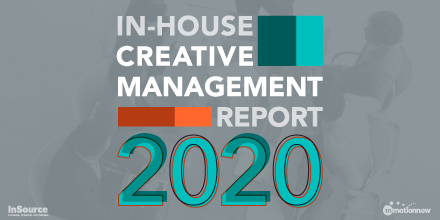By, Ken Carlson, Creative Director, Williams Lea
In today’s social environment, it seems we are more connected than ever, but are we? Texting is great for a quick confirmation or “on my way” message, but when did it become a substitute for engaging someone sitting across the office? I’m sure we’ve all heard the old-timers complaining about this—or at least have seen them texting about it. In the business environment, the remote worker has become commonplace; like the social environment, we sit across from each other—or across the world—and text as well. There are some huge advantages to being able to leverage a large group working together in a virtual office.
I find when my teams work remotely, they start their days earlier and work later because there is no getting ready for work; there is just start working. So if working remotely is so desirable in the corporate world, why wouldn’t it be the same in the creative field? I would suggest working remotely is fine, but nothing beats the ability to have a common space to physically work together.
I have designers across many locations—several work while sitting alone whereas others work in studios with other designers. In my experience of managing both of these situations, I have found there is no substitute for a physical studio surrounded by like-minded, creative people. The analogy I like to use is that creative energy is like building a campfire. If you have several logs spread out—or work remotely from the others—to burn, you will spend all your time running around from log to log ensuring the fire gets what it needs to burn. In return, you get several smaller heat sources. However, if you arrange the logs together so they complement one another, you can focus on one fire, and the group of logs will produce far more heat.
When designers sit together, they are able to feed off each other’s energy and fuel the collective creative fire. They can look over at another’s monitor and be pulled into the creative vision, offering ad hoc suggestions or questions. Sitting around discussing or sketching out a project tells a lot to the designer—one can read the body language of others and make adjustments to one’s plan.
We demand instant feedback digitally nowadays, but there is no substitute for the original instant feedback: body language. That’s why, although virtual studios are great, there is no substitute for in‑person collaboration.
Ken Carlson has been in the advertising and marketing field since he got out of the Army in 1995. He worked in radio, newspaper and design software instruction before joining the Pfizer in-house team in 2003 where he has worked his way up through the ranks to be a Creative Director at Williams Lea. At Williams Lea, he works with several brands and in-house teams to help deliver a consistently high-level of service touching many medias and work streams. Currently, he is also participating in the Graduate Certificate Program at UMASS-Boston for e-Learning Technology.
How A Consulting Mindset Will Take Your Department From Order-Takers To Creative Problem-Solving Rock-Stars!
I've written about some lessons learned while working in-house that made me a better consultant and business owner. Now, I'm turning the tables and following up with some ideas for what I think helped shape my success when I was an in-house, corporate, creative. I...





